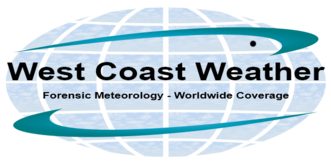Cyclones-Typhoons-Tornadoes-Fujiwhara Effect. The Fujiwhara effect became of a subject of meteorology in 1921, when Japanese Meteorologist Sakuhei Fujiwhara focused on the movements of whirlpools and other vortices and then researched the physics present when they approach each other. A similar phenomenon is possible when atmospheric vortices merge. Many weather features, including generic Lows and winter weather
Read More
Hurricane Harvey was the final ingredient needed to devastate Houston, combining with many including booming population growth, crumbling infrastructure, low elevations and stretching urbanization replacing freshwater wetlands (which once helped with drainage, at least during smaller storms.) It was still debated whether or not Tropical Storm Harvey was going to turn into a hurricane before
Read More
Hurricanes- Pacific. Pacific hurricanes are only different from Atlantic hurricanes, cyclones and typhoons because of where they occur. When the symmetrically identical atmospheric engines develop east of 180°F and north of the Equator, they’re called Pacific hurricanes. How busy is the Eastern Pacific Ocean? Pacific hurricanes are a virtually annual occurrence and typically there are
Read More
Hurricane Damage, Pacific Hurricane Patricia strongly impacted not only North America but also the record books. Perhaps the most dangerous of her many notable traits was the brevity of the warning that she was going to churn into such a monster. Explosive intensification due to prime environmental conditions didn’t occur until two days after she
Read More
The Hurricane season in the US Atlantic goes from June 1 to November 30. The 2013 season was the first since 1994 with no major hurricanes. Also the 2013 season was first since 1968 that did not have at least a category 2 intensity hurricane. Another measure of hurricanes is what is called the Accumulated
Read More
